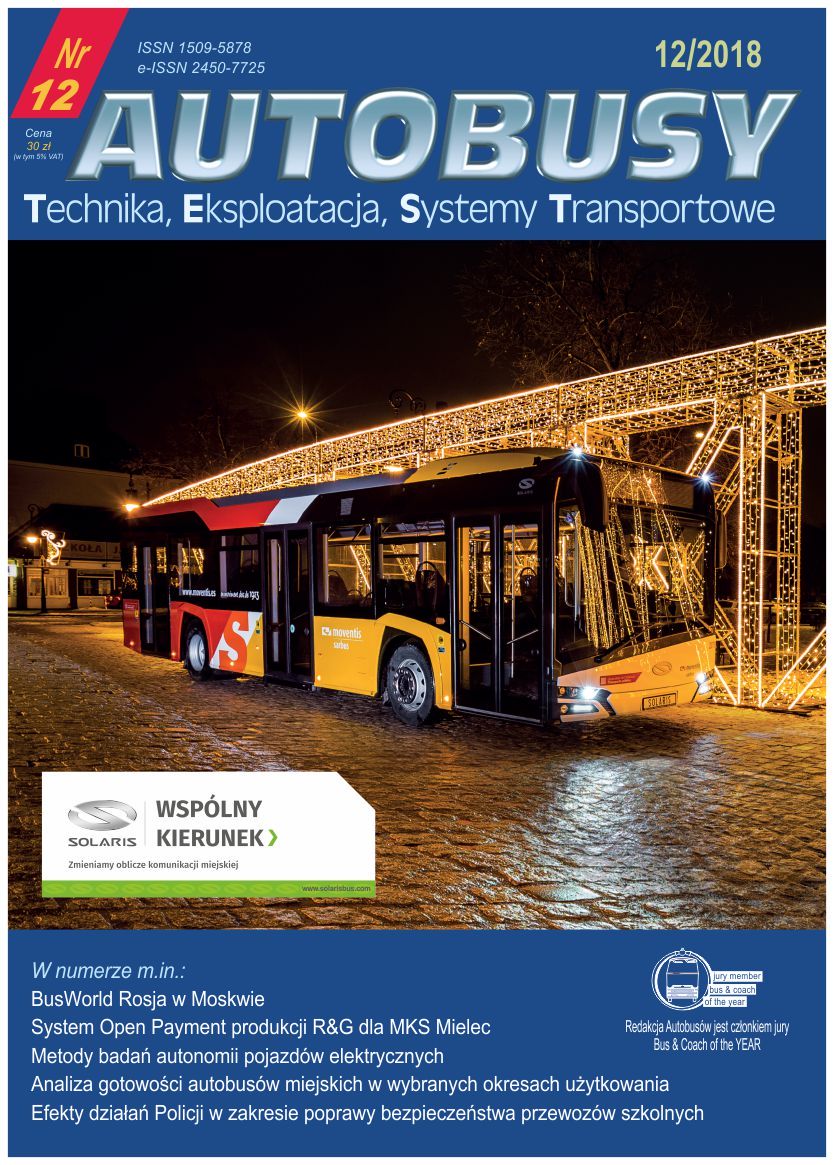Practical application of wavelets in the engine's vibroacoustic analysis
DOI:
https://doi.org/10.24136/atest.2018.399Keywords:
wavelet, engine, vibrations, vibroacusticAbstract
Vibrations are most often measured using ceramic piezoelectric sensors - accelerometers. The accelerometer uses a piezoelectric effect to measure the dynamic acceleration of its housing. They are mounted directly on the measuring system (moving or rotating, such as gearboxes, rotating blades, turbine engines or bearings). This is not their only use, because they can also be used in shock measurements, such as NCAP in the field of automotive safety or diagnostics (unfortunately they have lower accuracy than low-frequency LDV). The main advantage of using a piezoelectric accelerometer is its linearity in a wide range frequency and a huge range of work dynamics. Engine vibration measurements are usually made at different points of the engine to be independent of each other. The engine block is a characteristic measuring point because it is best available. Accelerometers are assembled by glue, screwing or magnetic connection. The obtained vibroacoustic signal is most often analyzed using Fourier analysis. The following article presents another possibility of on-line analysis: short-term wavelet analysis "on-line".



